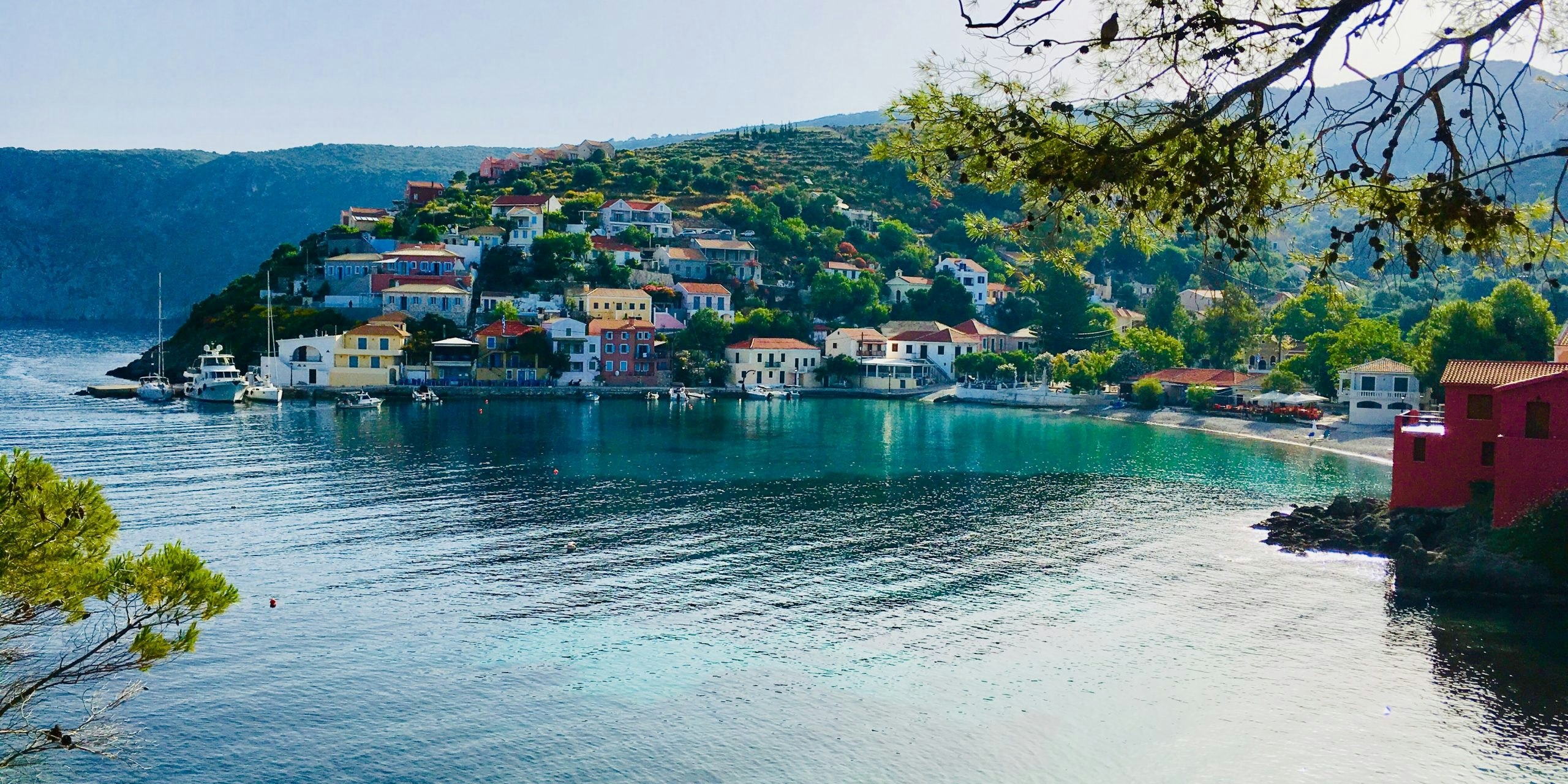Why Choose the Greece: Island Turtle Conservation Teen Travel Program?
This Greek island program is designed for high-school students who want to protect endangered sea turtles while experiencing the best of Mediterranean island life. It combines hands-on conservation, snorkeling, and classic Greek beaches into one meaningful adventure.
- Support endangered loggerhead sea turtles through nest monitoring, harbor observations, beach cleanups, and snorkeling-based seagrass mapping guided by local conservation experts.
- Spend your days on Kefalonia’s stunning coastline, from crystal-clear coves and sandy nesting beaches to a full boat day exploring nearby islands and a visit to the Cave of Melissani.
- Earn approximately 20 hours of community service that contributes to long-term marine conservation and coastal ecosystem protection.
- Enjoy authentic Greek cuisine, sunset dinners, and time to relax at the pool or beach after service and activities.
- Travel on a structured teen program with experienced Rustic Pathways staff, chaperoned group flights from Newark to Kefalonia, and 24/7 support for a safe and engaging experience abroad.
Journey to one of the beautiful Ionian Islands in Western Greece to help conserve and protect Greek sea turtles.
Become a conservation scientist over the course of your week on this Mediterranean jewel. In the mornings you will go on beach walks to spot new turtle nests and then work to protect them from predators and people. During the rest of the day, you’ll track and observe sea turtles from land and sea. Walk the beautiful harbor to find sea turtles munching on seaweed snacks in the aquamarine water. Dive in and explore the turtle’s habitat while snorkeling.
These amazing creatures face threats from both man-made and natural impacts. All of our conservation activities are supported by local experts who will teach us about the turtles, the ecosystem, and the goals of the project.
This program is so much more than just conservation. The island is known for its stunning beaches, crystal-clear waters, picturesque villages, and mountainous landscapes. We’ll have plenty of downtime to enjoy the beaches, snorkel at crystal clear coves, and savor fresh Greek cuisine.






